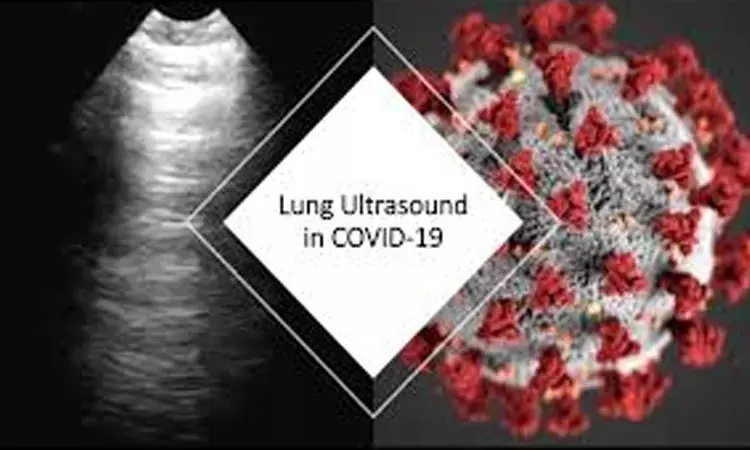- Home
- Medical news & Guidelines
- Anesthesiology
- Cardiology and CTVS
- Critical Care
- Dentistry
- Dermatology
- Diabetes and Endocrinology
- ENT
- Gastroenterology
- Medicine
- Nephrology
- Neurology
- Obstretics-Gynaecology
- Oncology
- Ophthalmology
- Orthopaedics
- Pediatrics-Neonatology
- Psychiatry
- Pulmonology
- Radiology
- Surgery
- Urology
- Laboratory Medicine
- Diet
- Nursing
- Paramedical
- Physiotherapy
- Health news
- Fact Check
- Bone Health Fact Check
- Brain Health Fact Check
- Cancer Related Fact Check
- Child Care Fact Check
- Dental and oral health fact check
- Diabetes and metabolic health fact check
- Diet and Nutrition Fact Check
- Eye and ENT Care Fact Check
- Fitness fact check
- Gut health fact check
- Heart health fact check
- Kidney health fact check
- Medical education fact check
- Men's health fact check
- Respiratory fact check
- Skin and hair care fact check
- Vaccine and Immunization fact check
- Women's health fact check
- AYUSH
- State News
- Andaman and Nicobar Islands
- Andhra Pradesh
- Arunachal Pradesh
- Assam
- Bihar
- Chandigarh
- Chattisgarh
- Dadra and Nagar Haveli
- Daman and Diu
- Delhi
- Goa
- Gujarat
- Haryana
- Himachal Pradesh
- Jammu & Kashmir
- Jharkhand
- Karnataka
- Kerala
- Ladakh
- Lakshadweep
- Madhya Pradesh
- Maharashtra
- Manipur
- Meghalaya
- Mizoram
- Nagaland
- Odisha
- Puducherry
- Punjab
- Rajasthan
- Sikkim
- Tamil Nadu
- Telangana
- Tripura
- Uttar Pradesh
- Uttrakhand
- West Bengal
- Medical Education
- Industry
Lung ultrasound convenient for spotting COVID-19 in neonates

China: The use of lung ultrasound (LUS) is a convenient, noininvasive, and sensitive method for assessing neonates suspected of having COVID-19 pneumonia, finds a recent study in the journal Pediatric Pulmonology. According to the study, LUS can be used as an alternative to diagnostic radiography.
Lung ultrasound score (LUSS) and LUS has been used successfully for diagnosing neonatal pneumonia, assessing the lesion distribution, and quantify the aeration loss. The study by Li Yuan, Huazhong University of Science and Technology, Wuhan, China, and colleagues aimed to determine the the diagnostic value of LUSS in the semi‐quantitative assessment of pneumonia in coronavirus disease 2019 (COVID‐19) neonates.
For the purpose, the researchers retrospectively studied eleven COVID‐19 neonates born to mothers with COVID‐19 infection and 11 age‐ and gender‐matched controls. LUSS was acquired by assessing the lesions and aeration loss in 12 lung regions per subject.
Key findings of the study include:
- Most of the COVID‐19 newborns presented with mild and atypical symptoms, mainly involving respiratory and digestive systems.
- In the COVID‐19 group, a total of 132 regions of the lung were examined, 83 regions (62.8%) of which were detected abnormalities by LUS.
- Compared with controls, COVID‐19 neonates showed sparse or confluent B‐lines (83 regions), disappearing A‐lines (83 regions), abnormal pleural lines (29 regions), and subpleural consolidations (2 regions).
- The LUSS was significantly higher in the COVID‐19 group. In total, 49 regions (37%) were normal, 73 regions (55%) scored 1, and 10 regions (8%) scored 2 by LUSS. All the lesions were bilateral, with multiple regions involved.
- The majority of the lesions were located in the bilateral inferior and posterior regions. LUS detected abnormalities in three COVID‐19 neonates with normal radiological performance.
- The intra‐observer and inter‐observer reproducibility of LUSS was excellent.
"LUS is a noninvasive, convenient, and sensitive method to assess neonatal COVID‐19 pneumonia, and can be used as an alternative to the use of diagnostic radiography," wrote the authors. "LUSS provides valuable semi‐quantitative information on the lesion distribution and severity."
The study titled, "Quantitative assessment of COVID‐19 pneumonia in neonates using lung ultrasound score," is published in the journal Pediatric Pulmonology.
DOI: https://onlinelibrary.wiley.com/doi/10.1002/ppul.25325
Dr Kamal Kant Kohli-MBBS, DTCD- a chest specialist with more than 30 years of practice and a flair for writing clinical articles, Dr Kamal Kant Kohli joined Medical Dialogues as a Chief Editor of Medical News. Besides writing articles, as an editor, he proofreads and verifies all the medical content published on Medical Dialogues including those coming from journals, studies,medical conferences,guidelines etc. Email: drkohli@medicaldialogues.in. Contact no. 011-43720751


